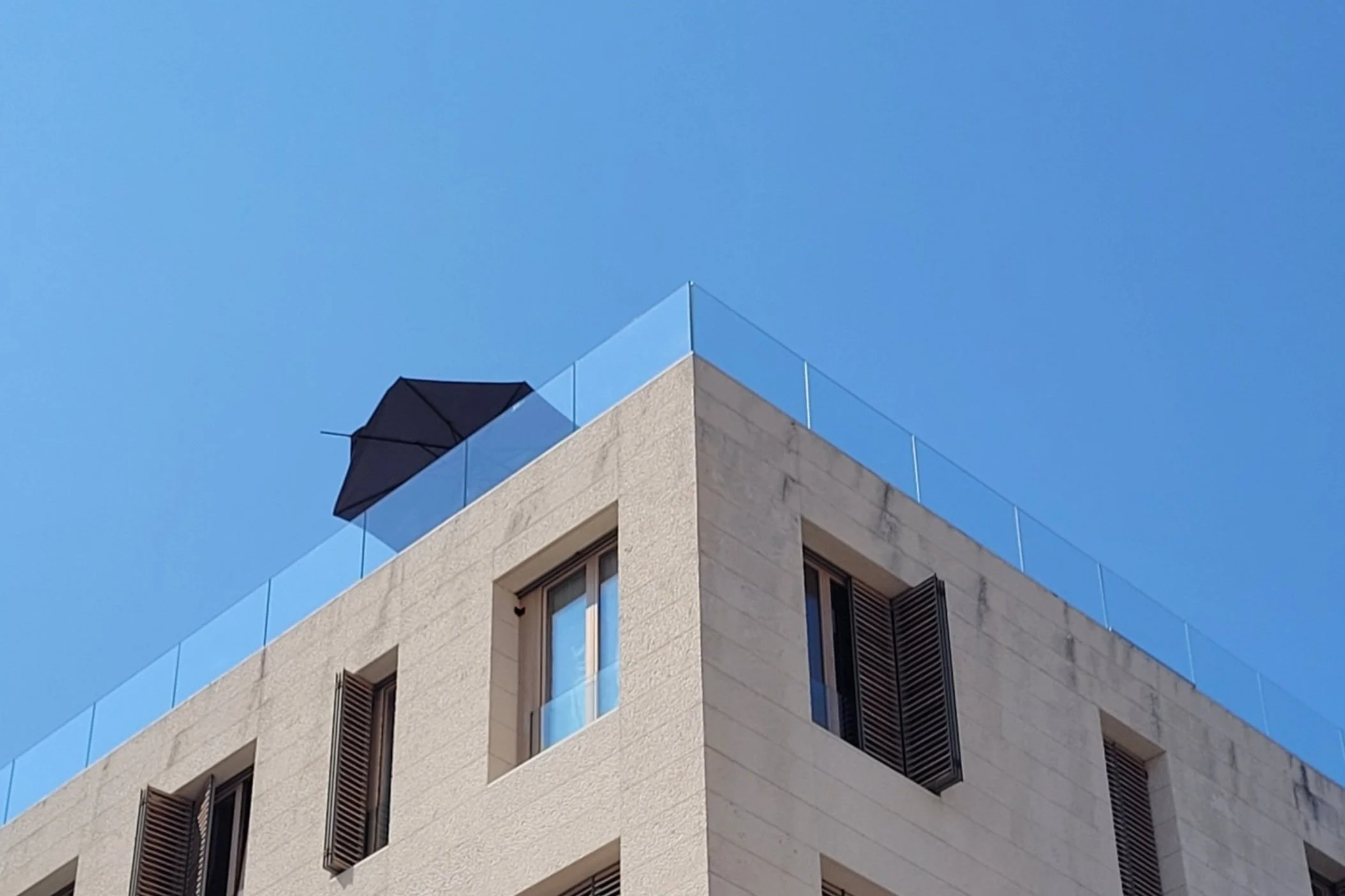What the UK can learn from others
Global temperatures are on the rise, and although the Brits love the idea of a Mediterranean climate, keeping cool in the summers will become an increasingly pressing matter; especially for those most vulnerable. It is predicted that heat related deaths in the UK could more than triple, from 2000 to 7000, by the year 2050. Poor building design and lack of understanding of our built environment are key contributing factors in which Shade the UK has been created to help raise awareness of and improve wider understanding of the issue.
Although insulation is essential for buildings in the UK to withstand the harsh winter months and improve energy efficiency, if badly designed can prevent adequate ventilation and increase the risk of overheating. There has also been an emphasis on maximising internal daylight distribution within new homes, care homes, schools and hospitals; but with large double or triple glazed windows comes the risk of trapped solar energy inside.
Buildings in urban areas are particularly vulnerable to overheating as there are plenty of artificial surfaces that absorb the radiation from the sun and in turn provide micro-climates with increased temperatures closer to the ground surface; this is commonly dubbed the Urban Heat Island effect which the UK have done little to mitigate.
What can the UK learn from others?
Historically, the UK has not always had a particularly warm climate in comparison with other regions of the world. As climate change slowly warms the UK, we are beginning to experience problems that are commonplace in countries with warmer climates. Shade the UK have therefore drawn inspiration from countries around the world with higher average temperatures than our own, who have had years to adapt to hotter, warmer seasons. The following are global examples of heat-reducing adaptations that are passive, effective, and easy to retrofit on a large scale that the UK should take inspiration from.
1) Awnings
Awnings are a simple and adaptable way of shading buildings in the summer that still allow access to sufficient sunlight in the winter. The angle of awnings can be calculated to shade the window when the sun is high in the summers but allow heat from the lower winter sun, without sacrificing natural light; it is a cost-effective method of mitigating against solar gain and is relatively easy to retrofit.
Figure 1: Awning providing shading in rear garden
2) Vegetation
A building typically generates most of its undesired heat directly from sunlight through windows, more so than heat transfer through its walls. Shading windows using vegetation, such as trees, plants, and vines, that are in direct sunlight can make a significant difference to indoor temperatures (as well as making your house look pretty). As a bonus, for buildings in urban areas, increasing vegetation also has the added benefit of reducing urban heat island due it’s cooling properties.
Figure 2: Vines providing natural shading to a window
3) External shutters
According to climate change predictions, by 2050 the UK is likely to be experiencing summer temperatures closer to those typically seen in the Mediterranean. Ergo, it makes sense to draw inspiration from architectural innovations used in South-West Europe to keep temperatures in UK homes liveable throughout the year.
External shutters are everywhere in the Mediterranean and for good reason; shutters can be closed when the window is in direct sunlight to provide shade to the room. They are more effective in reducing temperature than an internal shading device like curtains or blinds as it blocks the sun from ever entering the building.
Shutters would be relatively easy to retrofit to many homes in the UK, and with proper information available to advise people how to use them effectively, could make a significant difference to internal temperatures. However, whenever retrofitting an existing facade in a conservation area, planning consent is required. Unfortunately, this can be time consuming and costly, while also resulting in a ‘hard-no’ from a local authority heritage officer.
Careful consideration of window sizes and opening ratios should be considered. As a rule, if you have a window, make sure it’s openable! If you are installing new ones, make sure they open inwards - this gives you the option to install shutters at a later date.
Figure 3: External shutters
4) Bright houses
Buildings in the Mediterranean are designed to reduce heat absorption using light-coloured paint on building materials, on the inside and outside of the home. This is a small change that could be easily carried out in the UK.
Figure 4: Light coloured Mediterranean houses
Next steps
While it is key that an emphasis be placed on overheating prevention in the design of future homes, in the meantime there are many changes that can be made to existing buildings here in the UK, most of which require very little operational energy. When designing a building or deciding which cooling methods to employ, it is important to consider the fact that even if a home is not currently experiencing overheating, climate change predictions mean that it is highly likely that it will in the future.





